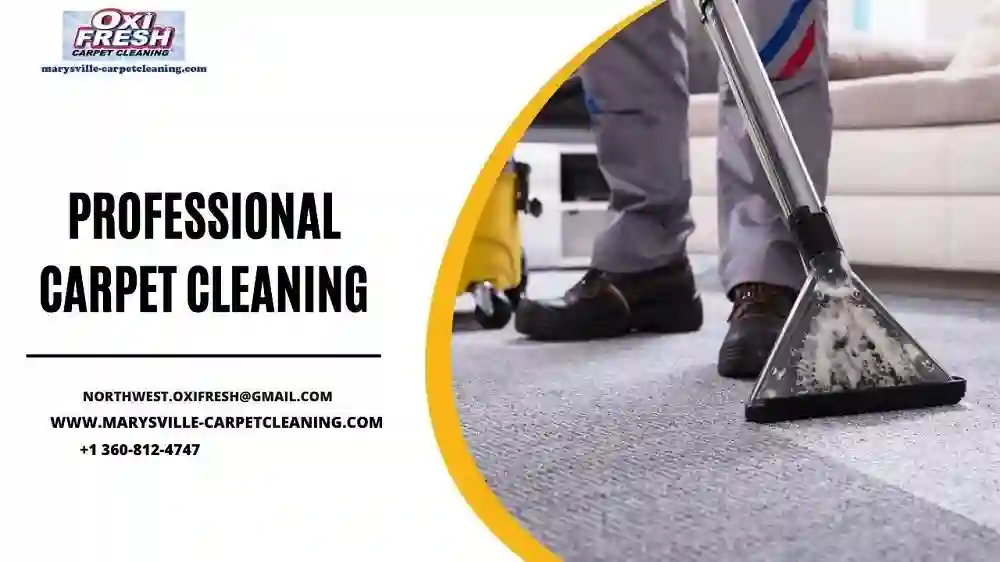Homes with crawl spaces underneath can offer unique challenges when it comes to carpet cleaning and maintenance, particularly in preventing mold growth. Crawl spaces are susceptible to moisture buildup, which can lead to mold and mildew problems if not properly managed. To ensure a clean and healthy indoor environment, it’s essential to take proactive measures to prevent mold growth in homes with crawl spaces and maintain your carpets in top condition. In this article, we’ll explore the specific challenges of carpet cleaning in such homes and offer strategies to mitigate the risk of mold.
The Challenge of Crawl Spaces
Crawl spaces are commonly found in homes with raised foundations, providing access to plumbing, electrical systems, and HVAC equipment. While crawl spaces serve a practical purpose, they can create a conducive environment for mold growth due to several factors:
- Moisture: Crawl spaces are often damp, with high humidity levels, especially in areas with a high water table or frequent rainfall. This moisture can permeate through the foundation and affect the living spaces above.
- Poor Ventilation: Inadequate ventilation in crawl spaces can trap moist air, creating conditions conducive to mold growth.
- Organic Material: Crawl spaces may contain organic materials like wood, which can provide a food source for mold.
- Darkness: Lack of natural light in crawl spaces can promote the growth of mold and mildew.
Preventing Mold Growth in Homes with Crawl Spaces
To prevent mold growth and maintain clean carpets in homes with crawl spaces, consider the following strategies:
1. Inspect and Address Moisture Issues
Regularly inspect the crawl space for signs of moisture and leaks. Address any water intrusion issues promptly. Here are some steps to take:
- Repair any cracks or gaps in the foundation to prevent water from seeping into the crawl space.
- Ensure that gutters and downspouts direct water away from the foundation.
- Install a vapor barrier or moisture barrier on the crawl space floor to prevent moisture from rising into the living areas.
- Improve crawl space ventilation by installing vents or fans to circulate air and reduce humidity.
2. Maintain Proper Drainage
Proper drainage around the foundation is essential in homes with crawl spaces. Ensure that the area surrounding your home slopes away from the foundation to divert rainwater and prevent it from pooling around the crawl space.
3. Install a Dehumidifier
Consider installing a dehumidifier in the crawl space to reduce humidity levels. Dehumidifiers can help maintain an environment that is less conducive to mold growth.
4. Regularly Clean and Inspect the Crawl Space
Periodically clean and inspect the crawl space to ensure that it remains dry and free from mold. Remove any debris, organic matter, or standing water that may have accumulated.
5. Use Mold-Resistant Carpet Padding
When installing or replacing carpets in homes with crawl spaces, opt for mold-resistant carpet padding. Mold-resistant padding can inhibit the growth of mold and mildew even in high-humidity environments.
6. Elevate Carpet Off the Floor
When installing carpets in rooms above crawl spaces, consider elevating the carpet off the floor slightly using wooden battens or spacer boards. This can help promote air circulation and prevent moisture from becoming trapped beneath the carpet.
7. Regular Vacuuming and Cleaning
Maintain a regular vacuuming and cleaning routine for your carpets to prevent dirt and debris from accumulating. Regular cleaning can also help identify any potential issues with mold or moisture.
8. Professional Carpet Cleaning
Schedule professional carpet cleaning at least once a year to deep clean and refresh your carpets. Professional cleaners have the equipment and expertise to remove deep-seated dirt and allergens, ensuring a clean and healthy living environment.
9. Maintain Indoor Humidity Levels
Keep indoor humidity levels in check by using a dehumidifier or an air conditioner, especially in areas with crawl spaces. Ideally, indoor humidity should be maintained below 60% to inhibit mold growth.
10. Monitor for Signs of Mold
Regularly inspect your carpets and crawl space for signs of mold or mildew. If you notice any musty odors or visible mold growth, take immediate action to address the issue.
Mold Remediation
If you discover mold in your crawl space or on your carpets, it’s crucial to address it promptly and effectively. Mold remediation may be necessary, and it’s best to consult with professionals experienced in dealing with mold issues. They can safely and thoroughly remove the mold and advise on preventive measures to prevent its return.
Conclusion
Maintaining clean carpets in homes with crawl spaces is not without its challenges, but with proactive measures, you can prevent mold growth and ensure a healthy indoor environment. Regular inspection and maintenance of your crawl space, along with proper drainage and ventilation, are key to preventing moisture-related issues.
Additionally, using mold-resistant carpet padding, elevating carpets off the floor, and maintaining indoor humidity levels can further reduce the risk of mold growth. Regular carpet cleaning and monitoring for signs of mold are essential components of maintaining clean and healthy carpets in homes with crawl spaces.
Remember that a clean and mold-free crawl space not only preserves the integrity of your home but also contributes to a healthier living environment for you and your family.




